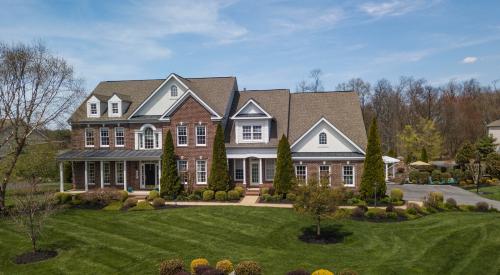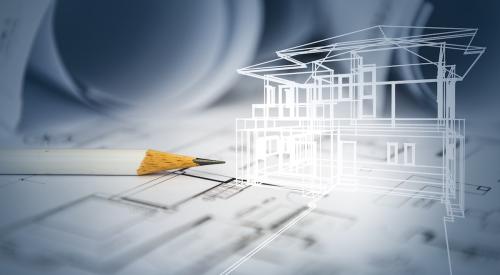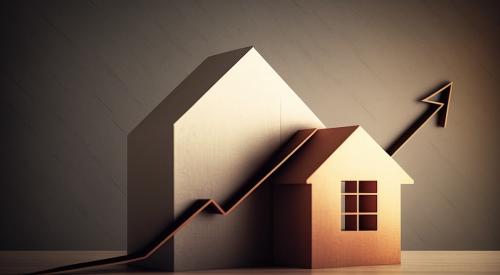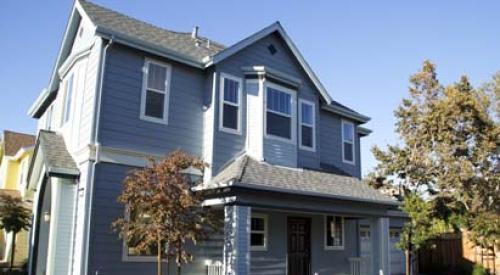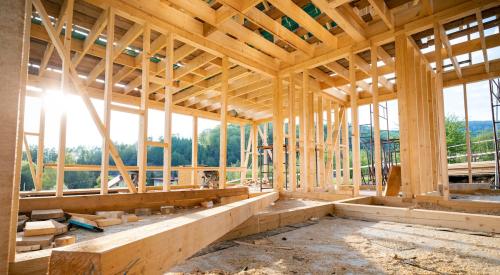Could housing be more affordable today than 40 years ago when the median home price was $64,600? By analyzing affordability through the lens of “time prices” rather than inflation, two economists believe so. Time prices measure the amount of time that a blue-collar worker needs to work to earn enough to purchase a home. Comparing the median sales price of a home, the average mortgage rate, monthly payments, and the average size of an American home at the time to the average blue-collar compensation rate of $9.12 an hour, it required 82.47 hours of work each month.
By 2020, the median sales price of a house rose to $336,900. The mortgage loan interest rate, however, declined to 3.11%. A 30-year loan, then, required a monthly payment of $1,440.45. The average U.S. home size also increased to 2,261 square feet, indicating a monthly payment rate of $0.64 per square foot of housing.
In 2020, the average blue-collar worker’s hourly compensation rate stood at $32.54. Therefore, a $1,440.45 loan payment required 44.27 hours of work per month, which is equal to a monthly payment rate of 1.17 minutes of work per square foot of housing.
That means that the time price of a loan payment decreased from 82.47 hours of work per month in 1980 to 44.27 hours of work per month in 2020, or by 46.3%. Over the same period, the time price of a monthly loan payment per square foot of housing decreased from 3.1 minutes of work to 1.17 minutes of work, or by 62.1%.
Between 1980 and 2020, the nominal price of a square foot of housing increased by 268%. Over the same period, the average nominal blue-collar hourly compensation rate rose by 257%. As such, the time price of a square foot of housing rose from 4.44 hours of work in 1980 to 4.58 hours of work in 2020, or 3.1%.
Note that our calculations are not adjusted for the higher quality of construction and finishes and energy efficiencies that are typically found in 2020 U.S. homes but were not present in 1980 U.S. homes. Also, note that over the last four decades the average household size decreased from 2.76 persons to 2.53 persons. The living space per household member increased from 578 square feet in 1980 to 894 square feet in 2020, or 55%.

